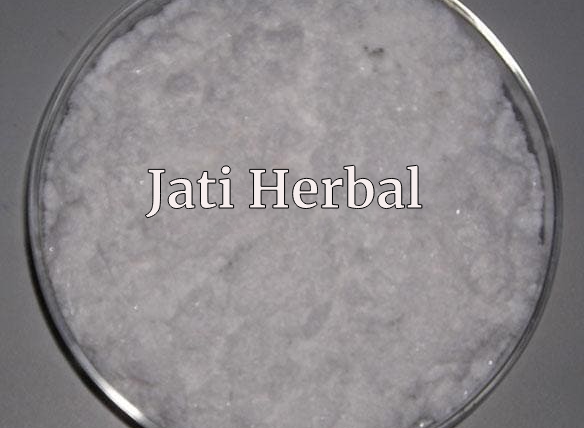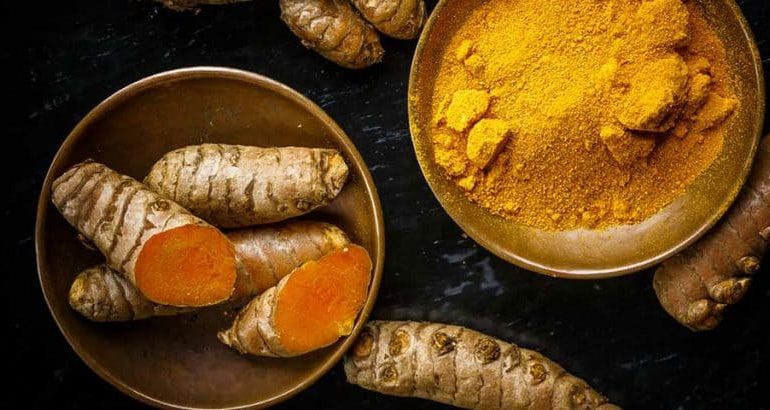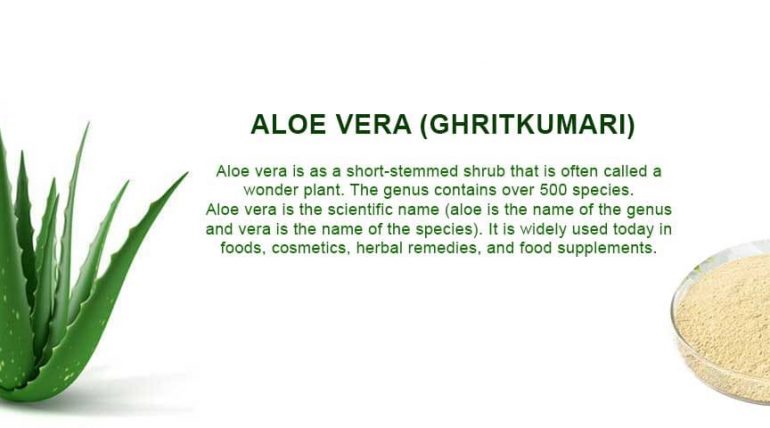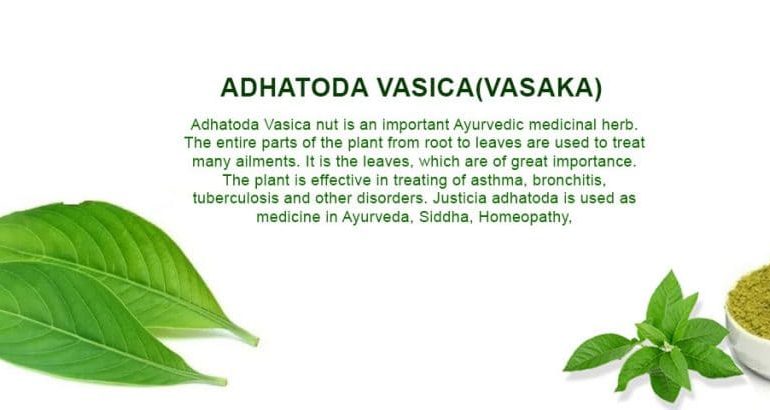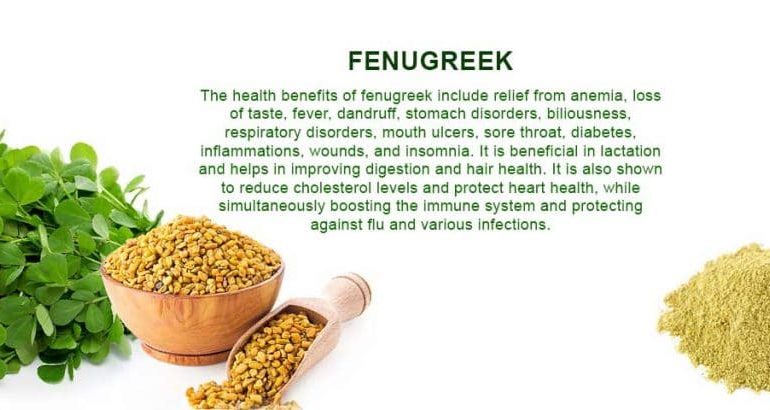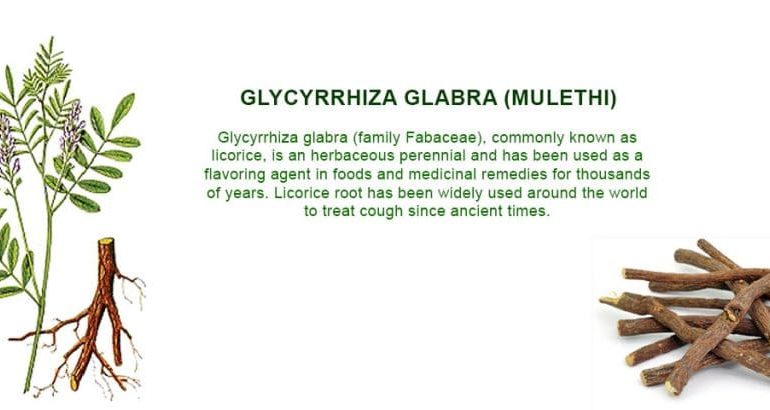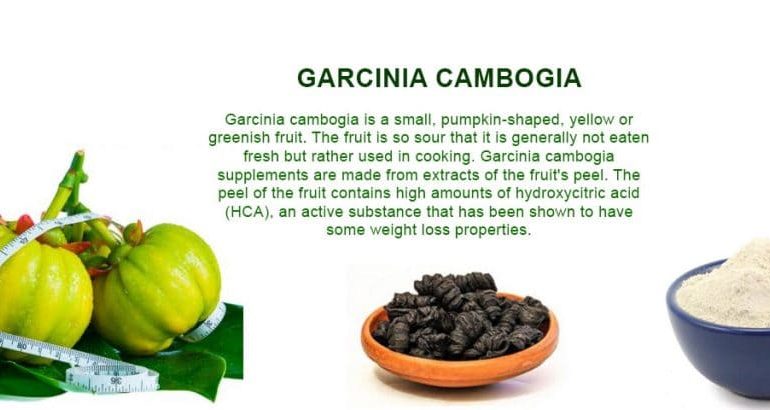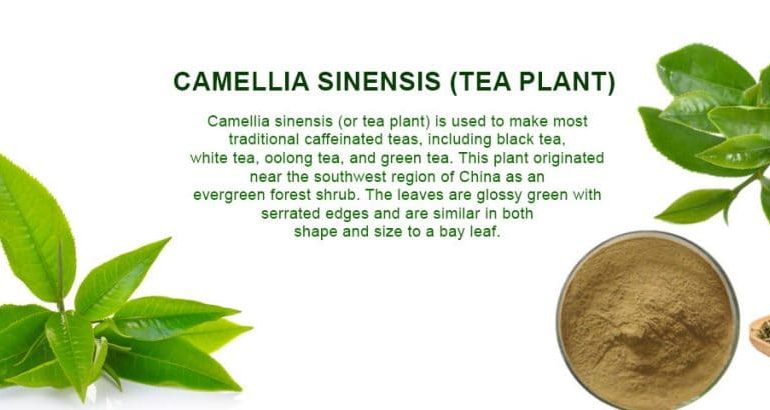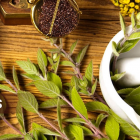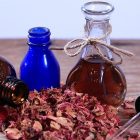7 Proven Health Benefits of Curcumin
1. Curcumin Is a Natural Anti-Inflammatory Compound
Inflammation is incredibly important. It helps your body fight foreign invaders and also has a role in repairing damage. Without inflammation, pathogens like bacteria could easily take over your body and kill you. Although acute, short-term inflammation is beneficial, it can become a major problem when it becomes chronic and inappropriately attacks your body’s own tissues. Scientists now believe that chronic, low-level inflammation plays a major role in almost every chronic, Western disease. This includes heart disease, cancer, metabolic syndrome, Alzheimer’s and various degenerative conditions. Therefore, anything that can help fight chronic inflammation is of potential importance in preventing and even treating these diseases. Curcumin is strongly anti-inflammatory. In fact, it’s so powerful that it matches the effectiveness of some anti-inflammatory drugs, without the side effects. It blocks NF-kB, a molecule that travels into the nuclei of your cells and turns on genes related to inflammation. NF-kB is believed to play a major role in many chronic diseases. Without getting into the details (inflammation is extremely complicated), the key takeaway is that curcumin is a bioactive substance that fights inflammation at the molecular level.
2. Curcumin Boosts Brain-Derived Neurotrophic Factor, Linked to Improved Brain Function and a Lower Risk of Brain Diseases
Back in the day, it was believed that neurons weren’t able to divide and multiply after early childhood. However, it’s now known that this does happen. Neurons are capable of forming new connections, but in certain areas of the brain they can also multiply and increase in number. One of the main drivers of this process is brain-derived neurotrophic factor (BDNF), which is a type of growth hormone that functions in your brain. Many common brain disorders have been linked to decreased levels of this hormone, including depression and Alzheimer’s disease. Interestingly, curcumin can increase brain levels of BDNF. By doing this, it may be effective in delaying or even reversing many brain diseases and age-related decreases in brain function. It may also improve memory and make you smarter, which seems logical given its effects on BDNF levels. However, controlled studies in people are needed to confirm this.
3. Curcumin Should Lower Your Risk of Heart Disease
Heart disease is the number 1 cause of death in the world. Researchers have studied it for many decades and learned a lot about why it happens. Unsurprisingly, heart disease is incredibly complicated and various things contribute to it. Curcumin may help reverse many steps in the heart disease process. Perhaps the main benefit of curcumin when it comes to heart disease is improving the function of the endothelium, which is the lining of your blood vessels. It’s well known that endothelial dysfunction is a major driver of heart disease and involves an inability of your endothelium to regulate blood pressure, blood clotting and various other factors. Several studies suggest that curcumin leads to improvements in endothelial function. One study found that it’s as effective as exercise while another shows that it works as well as the drug Atorvastatin. In addition, curcumin reduces inflammation and oxidation (as discussed above), which play a role in heart disease as well. One study randomly assigned 121 people, who were undergoing coronary artery bypass surgery, either a placebo or 4 grams of curcumin per day, a few days before and after the surgery. The curcumin group had a 65% decreased risk of experiencing a heart attack in the hospital.
4. Curcumin May Be Useful in Preventing and Treating Alzheimer’s Disease
Alzheimer’s disease is the most common neurodegenerative disease in the world and a leading cause of dementia. Unfortunately, no good treatment is available for Alzheimer’s yet. Therefore, preventing it from occurring in the first place is of utmost importance. There may be good news on the horizon because curcumin has been shown to cross the blood-brain barrier. It’s known that inflammation and oxidative damage play a role in Alzheimer’s disease, and curcumin has beneficial effects on both. In addition, a key feature of Alzheimer’s disease is a buildup of protein tangles called amyloid plaques. Studies show that curcumin can help clear these plaques. Whether curcumin can really slow down or even reverse the progression of Alzheimer’s disease in people is currently unknown and needs to be studied properly.
5. Arthritis Patients Respond Very Well to Curcumin Supplements
Arthritis is a common problem in Western countries. There are several different types, most of which involve inflammation in the joints. Given that curcumin is a potent anti-inflammatory compound, it makes sense that it may help with arthritis. Several studies show this to be true. In a study in people with rheumatoid arthritis, curcumin was even more effective than an anti-inflammatory drug. Many other studies have looked at the effects of curcumin on arthritis and noted improvements in various symptoms.
6. Studies Show That Curcumin Has Incredible Benefits Against Depression
Curcumin has shown some promise in treating depression. In a controlled trial, 60 people with depression were randomized into three groups. One group took Prozac, another group one gram of curcumin and the third group both Prozac and curcumin. After 6 weeks, curcumin had led to improvements that were similar to Prozac. The group that took both Prozac and curcumin fared best. According to this small study, curcumin is as effective as an antidepressant. Depression is also linked to reduced levels of brain-derived neurotrophic factor (BDNF) and a shrinking hippocampus, a brain area with a role in learning and memory. Curcumin boosts BDNF levels, potentially reversing some of these changes. There is also some evidence that curcumin can boost the brain neurotransmitters serotonin and dopamine.
7. Curcumin May Help Delay Aging and Fight Age-Related Chronic Diseases
If curcumin can really help prevent heart disease, cancer and Alzheimer’s, it would have obvious benefits for longevity. For this reason, curcumin has become very popular as an anti-aging supplement. But given that oxidation and inflammation are believed to play a role in aging, curcumin may have effects that go way beyond just preventing disease.
